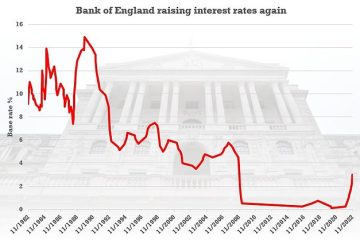Understanding the Significance of the Colour Pink

The Importance of the Colour Pink
The colour pink, often associated with love and compassion, holds significant cultural and psychological relevance in contemporary society. As a hue that evokes emotional responses, pink serves various roles across different domains, from fashion to social movements.
Cultural Associations
Historically, pink has been linked with femininity and romance. In many cultures, it symbolizes affection, nurturing, and tenderness. For instance, pink ribbons are widely known as a symbol for breast cancer awareness, representing hope and solidarity among those affected by the disease. The use of pink in such contexts highlights its connection to care and community support.
Psychological Impact
Psychologically, the colour pink is said to have a calming effect, reducing feelings of aggression and anxiety. Studies indicate that environments painted in softer shades of pink can make individuals feel more relaxed. Consequently, some prisons and psychiatric wards have adopted pink for its soothing properties to help calm inmates and patients.
Fashion and Design Trends
In the fashion world, pink has surged in popularity, especially in recent years. Designers have embraced various shades of pink, from soft pastels to bold fuchsias, in their collections. This trend is not limited to women’s fashion; menswear has also seen an increase in pink tones, signaling a shift in traditional gendered colour associations.
Pink in Modern Movements
Beyond aesthetics, pink has emerged as a powerful symbol in modern social movements. The Women’s March, for instance, saw participants donning pink hats as a statement of resistance and solidarity. The colour is used not just as a fashion statement but as a potent, visual call for equality and social justice, resonating with a diverse audience.
Conclusion
In conclusion, the colour pink transcends mere visual appeal; it embodies a multitude of meanings that resonate with cultural, psychological, and social dimensions. As trends evolve, pink’s significance continues to grow, reflecting changing attitudes toward gender, mental well-being, and community advocacy. For readers, understanding the multifaceted role of pink can provide insights into the underlying messages conveyed through its use in society today.









